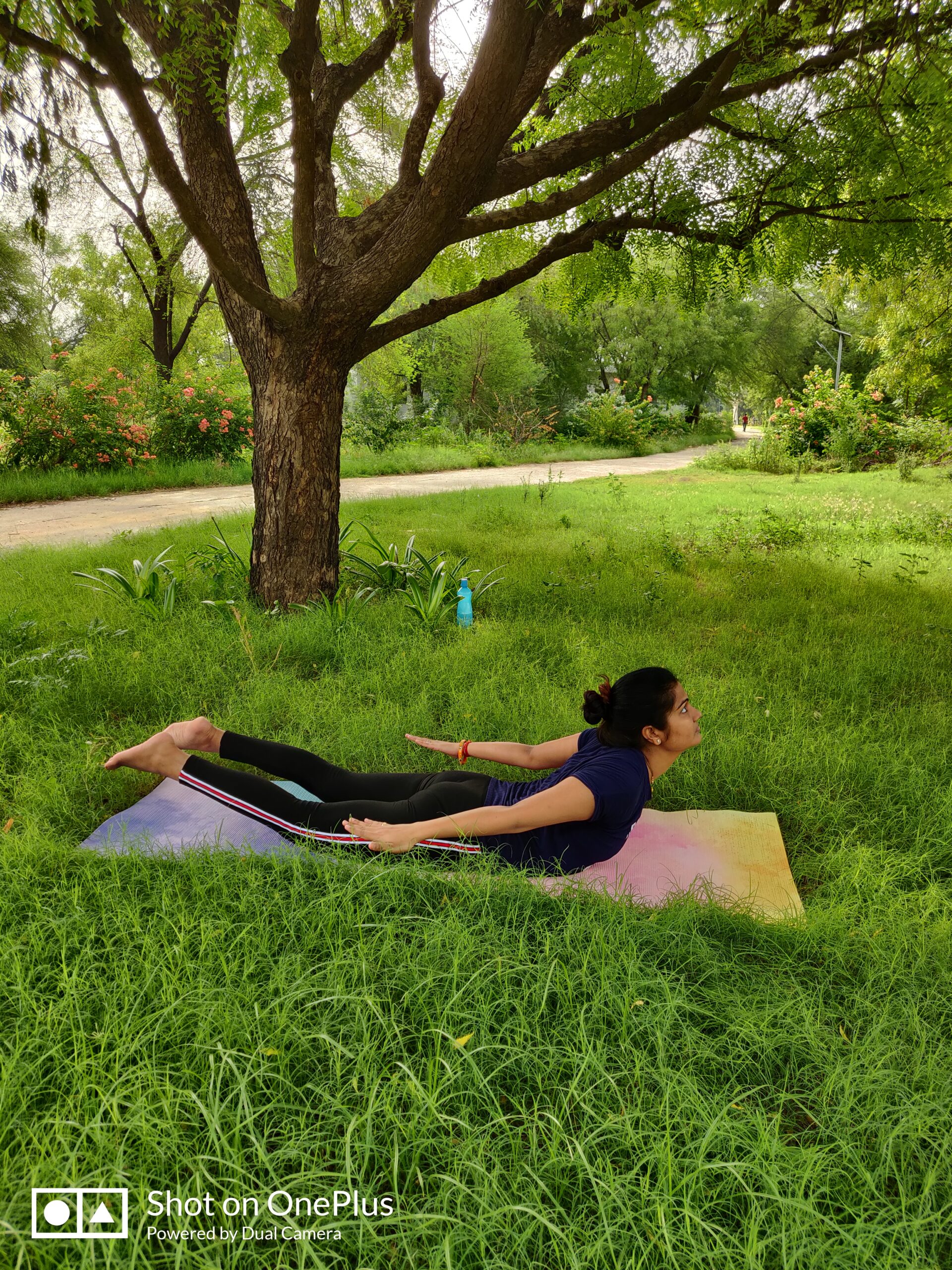In the dynamic world of fitness and wellness, Power Yoga stands out as a high-intensity practice that not only promotes physical strength but also nurtures mental resilience and inner peace. This modern variation of traditional yoga has gained immense popularity for its transformative effects on the body and mind. In this comprehensive exploration, we will dive deep into Power Yoga, uncover its roots, and unearth the extensive health benefits it offers.
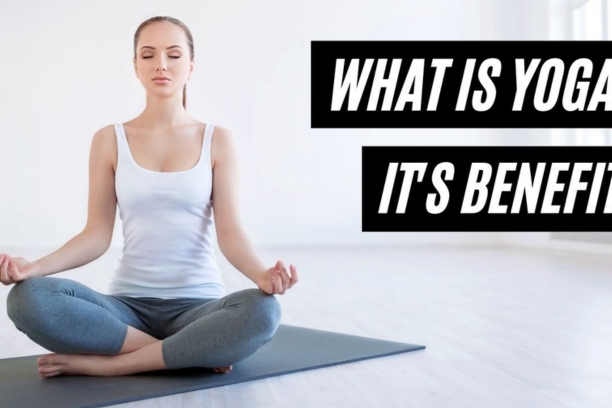
The Essence of Power Yoga
1.1 Understanding Power Yoga
Power Yoga, often referred to as “Vinyasa Yoga,” is a robust and invigorating form of yoga that integrates breath and movement to create a flowing, dynamic sequence of poses. It was popularized in the late 20th century by influential yoga teachers like Baron Baptiste, Bryan Kest, and Beryl Bender Birch. While it shares its origins with Ashtanga Yoga, Power Yoga distinguishes itself by its flexibility in sequencing and emphasis on creativity.
1.2 The Power in Power Yoga
The “power” in Power Yoga is derived from its dynamic and fast-paced nature. It demands a continuous flow of postures, each synchronized with the breath. This relentless movement and muscular engagement provide a challenging workout, which is why Power Yoga is often considered a form of strength training.
The Health Benefits
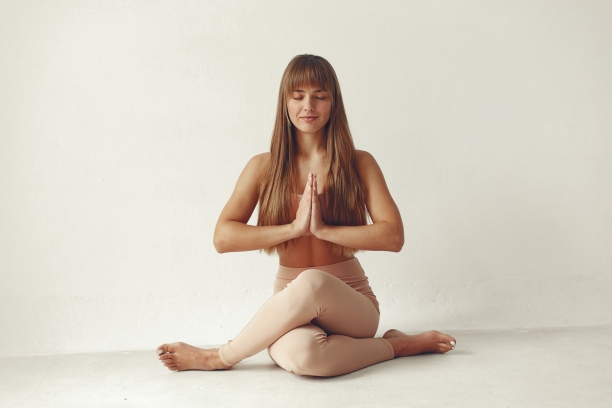
2.1 Physical Benefits
1 Enhanced Strength
Power Yoga is an exceptional way to build muscular strength. As you transition from one pose to another, various muscle groups are engaged, leading to increased muscle tone and endurance.
2 Improved Flexibility
While Power Yoga is vigorous, it doesn’t compromise on flexibility. The dynamic stretches and poses help improve overall flexibility, which is crucial for preventing injuries and enhancing mobility.
3 Weight Management
The constant movement and calorie-burning nature of Power Yoga can aid in weight management. Regular practice can help you shed excess pounds and maintain a healthy body composition.
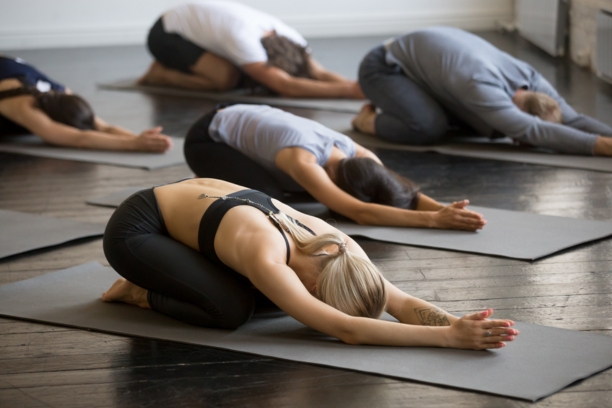
4 Better Posture
Power Yoga emphasizes alignment and body awareness. Over time, this can lead to improved posture and a reduced risk of developing postural issues.
2.2 Mental Benefits
1 Stress Reduction
Like all forms of yoga, Power Yoga is a powerful stress-reliever. The focus on breath and movement helps calm the mind and reduce the production of stress hormones.
2 Mental Clarity
The meditative aspects of Power Yoga promote mental clarity and focus. Practitioners often report enhanced cognitive function and better decision-making abilities.
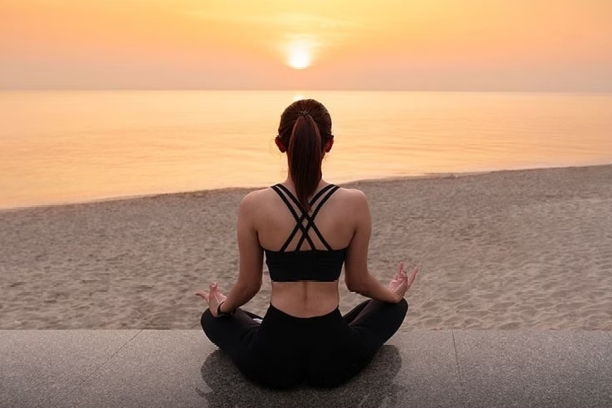
3 Emotional Balance
Power Yoga encourages self-reflection and emotional awareness. It provides a safe space to explore and release pent-up emotions, fostering emotional balance.
2.3 Holistic Well-being
1 Cardiovascular Health
The vigorous nature of Power Yoga serves as a cardiovascular workout, promoting heart health and enhancing circulation.
2 Detoxification
The combination of sweat and deep breathing in Power Yoga aids in the detoxification process, helping to eliminate toxins from the body.
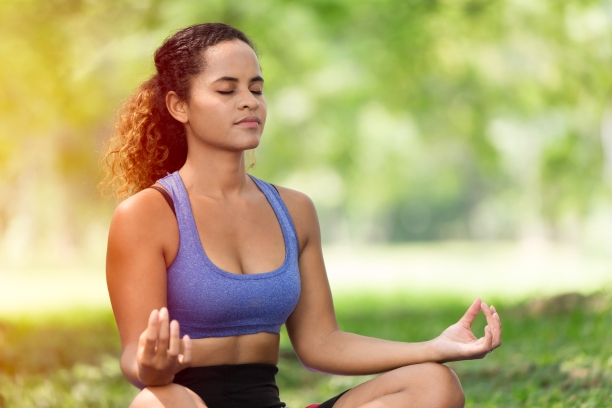
3 Enhanced Resilience
Power Yoga teaches mental resilience by challenging practitioners to stay present and focused, even in challenging poses. This mental strength can be applied to various life
situations.
The Essence of Pranayama
1 Pranayama: The Breath of Life
In the ancient Sanskrit language, “Prana” means life force, and “yama” translates to control. Pranayama is the conscious regulation of the breath, aiming to expand, balance, and refine the flow of life force within the body. These techniques are not mere breathing exercises; they are pathways to inner awakening and holistic well-being.

2: Soham – The Breath of Identity
2.1 Discovering the Self in Soham
Soham, often called the “Hamsa mantra,” is a profound practice that links the breath with the sense of self. When inhaling, silently repeat “So,” and when exhaling, repeat “Ham.” This simple yet potent mantra harmonizes the breath with the mantra, leading to self-realization and spiritual awakening.

2.2 Steps to Practice Soham
Soham pranayama is accessible to practitioners of all levels. Find a quiet space, sit comfortably, and follow these steps:
- Close your eyes and take a few deep breaths to center yourself.
- Inhale silently chanting “So” mentally.
- Exhale silently chanting “Ham” mentally.
- Continue this rhythmic breathing, focusing on the mantra and your breath.
- As distractions arise, gently bring your attention back to the breath and the mantra.
- Practice for at least 10-15 minutes daily.
3: Kapalbhati – The Skull-Shining Breath
3.1 Purification through Kapalbhati
Kapalbhati is an invigorating practice that cleanses the respiratory system, energizes the body, and sharpens the mind. In Sanskrit, “kapala” means skull, and “bhati” means shining. Kapalbhati literally translates to “skull-shining breath,” signifying the radiance it imparts to the practitioner.

3.2 Steps to Practice Kapalbhati
Kapalbhati pranayama is relatively simple but requires proper technique. Here’s how to practice it:
- Sit comfortably with an erect spine, hands resting on your knees in a mudra (gesture).
- Take a deep inhale to prepare.
- Exhale forcefully and quickly through your nose by contracting the abdominal muscles.
- The inhalation should be passive and natural.
- Continue this rapid exhalation-inhalation cycle for about 1-3 minutes, gradually increasing the duration as you progress.
- After completing the practice, take a few deep breaths and observe the sensations in your body.
4: Bhastrika – The Bellows Breath
4.1 Igniting Vitality with Bhastrika
Bhastrika pranayama, also known as the “bellows breath,” is a powerful technique that resembles the vigorous pumping of a bellows. It increases oxygen supply to the body, enhances lung capacity, and elevates vitality.
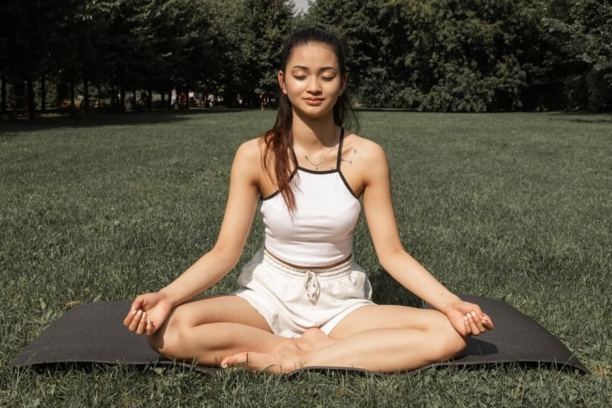
4.2 Steps to Practice Bhastrika
To practice Bhastrika pranayama safely and effectively:
- Sit in a comfortable meditative posture with your spine erect.
- Place your hands on your knees or in a mudra.
- Take a deep inhale through your nose, expanding your chest and diaphragm.
- Exhale forcefully and rapidly through your nose, contracting your abdominal muscles.
- The inhale should be passive and automatic.
- Begin with 10-15 cycles and gradually increase the count over time.
- After completing the practice, take a few calm breaths to normalize your breath and energy.
5: Suryabhedi – The Solar Breath
5.1 Embracing Vitality with Suryabhedi
Suryabhedi pranayama is a solar practice that involves inhaling through the right nostril and exhaling through the left. This technique awakens the solar energy within, invigorating the body and mind.

5.2 Steps to Practice Suryabhedi
To practice Suryabhedi pranayama:
- Sit comfortably in a meditative posture.
- Close your left nostril with your left thumb.
- Inhale deeply and slowly through your right nostril.
- Close your right nostril with your right thumb.
- Exhale slowly and completely through your left nostril.
- This completes one cycle.
- Begin with 5-10 cycles and gradually increase as you become comfortable.
How to Get Started
1 Finding the Right Class
If you’re intrigued by the potential health benefits of Power Yoga, finding the right class is essential. Look for a reputable yoga studio or experienced instructors in your area who offer Power Yoga classes. Alternatively, there are numerous online resources and apps that provide guided Power Yoga sessions.
2 Essential Equipment
Unlike some other forms of exercise, Power Yoga requires minimal equipment. All you need is a yoga mat and comfortable workout attire. Some practitioners also choose to use yoga blocks and straps to assist in certain poses.

3 Practice Safely
While Power Yoga can be incredibly rewarding, it’s essential to practice safely. Listen to your body, and don’t push yourself too hard, especially if you’re new to yoga. Inform your instructor of any medical conditions or injuries, and they can offer modifications as needed.
Beyond the Physical Practice
1 Meditation and Mindfulness
Many Power Yoga classes incorporate meditation and mindfulness practices. These elements further enhance the mental and emotional benefits of the practice.
2 Nutrition and Hydration
Maintaining a balanced diet and staying hydrated complement the effects of Power Yoga. Proper nutrition supports muscle recovery and overall well-being.
The Journey of Transformation
1 A Lifelong Practice
Power Yoga is not just an exercise; it’s a journey of self-discovery and transformation. As you progress in your practice, you may find that the physical benefits are just the beginning. The mental, emotional, and spiritual dimensions of yoga can lead to profound personal growth.

2 The Community of Yogis
One of the beautiful aspects of yoga is the sense of community it fosters. Joining a Power Yoga class connects you with like-minded individuals who are on a similar journey, creating a supportive environment for growth.
Conclusion
Power Yoga is a holistic practice that transcends the boundaries of physical fitness. Its health benefits extend to the mind and spirit, offering a path to physical strength, mental clarity, emotional balance, and spiritual growth. Whether you’re a seasoned yogi or new to the practice, Power Yoga has something to offer everyone on their quest for holistic well-being. So, roll out your mat, take a deep breath, and embark on the transformative journey that is Power Yoga, and discover how it can enrich your life physically, mentally, and spiritually.



